What does hot melt glue not stick to?
Hot melt glue is a popular adhesive used in various industrial and consumer applications. It is known for its versatility, quick bonding time, and high strength. However, it also has some limitations and disadvantages that need to be considered. In this article, we will explore the uses, advantages, and limitations of hot melt glue, and provide answers to some frequently asked questions.
What Does Hot Melt Glue Not Stick To?
Hot melt glue is known for its ability to bond with a wide range of materials, but it may not stick well to certain surfaces. For example, it may not bond effectively with highly porous materials, as the glue can seep into the pores before solidifying. Additionally, it may not stick well to surfaces that are contaminated with dust, dirt, or other foreign particles. It is important to clean the surfaces thoroughly before applying hot melt glue to ensure proper adhesion.
What Are the Disadvantages of Hot Melt Glue?
While hot melt glue has many advantages, it also has some disadvantages that can limit its functionality in certain applications:
- Limited Heat Resistance: Hot melt glue can soften or remelt when exposed to high temperatures, which might limit its use in applications requiring high-temperature resistance.
- Poor Cold Resistance: Hot melt glue may become brittle and lose its bonding strength at very low temperatures.
- Short Open Time: The rapid cooling and solidification of hot melt glue allow for a quick open time, which might be a challenge in applications requiring adjustments post-application.
- Not Suitable for Porous Materials: Hot melt glue may not bond effectively with highly porous materials as the glue can seep into the pores before solidifying.
- Difficult to Remove or Rework: Once hot melt glue has dried and solidified, it can be challenging to remove or rework. Removing hot melt glue may require physical force such as scraping or heating, which can damage the underlying surfaces.
- Storage and Shelf Life: Hot melt glue has specific storage requirements to maintain its effectiveness. It should be stored in a cool and dry place to prevent premature curing or degradation. Additionally, hot melt glue typically has a limited shelf life compared to other adhesives.
- Safety Concerns: While hot melt glue is generally safe to use, there are a few safety concerns associated with its application. The glue is heated to a high temperature, which can cause burns or injuries if mishandled. It is essential to follow proper safety precautions when working with hot melt glue, including wearing protective gloves and handling equipment with care. Moreover, the fumes released during the melting process can be irritating or toxic, necessitating the use of proper ventilation in the working area.
What Is an Alternative to Hot Melt Adhesive?
There are several alternatives to hot melt adhesive, depending on the specific requirements of the application. Some common alternatives include:
- EVA Adhesive: EVA (Ethylene-Vinyl Acetate) adhesive is a type of hot melt adhesive that is known for its excellent adhesion properties and flexibility. It is easy to apply and cure quickly, making it suitable for high-speed production lines.
- PUR Adhesive: PUR (Polyurethane Reactive) adhesive is known for its exceptional bond strength and moisture resistance. It can bond various materials, including wood, laminate, and plastic, making it suitable for a wide range of applications.
- Contact Adhesive: Contact adhesive is a strong adhesive that bonds instantly upon contact, making it suitable for small-scale or DIY projects. However, it can be difficult to reposition once bonded, and it produces strong fumes, so proper ventilation is necessary.
- PVA Adhesive: PVA (Polyvinyl Acetate) adhesive is a non-toxic adhesive that is easy to clean up. It is suitable for smaller projects or lightweight edge banding, but it has longer curing times and is not waterproof.

What Does Hot Melt Glue Work Best With?
Hot melt glue works best with a wide range of materials, including:
- Wood: Hot melt glue provides strong adhesion for wood, making it ideal for furniture construction and woodworking projects.
- Plastic: Hot melt glue bonds well with various types of plastic, making it suitable for applications in the automotive and electronics industries.
- Metal: Hot melt glue can bond with metal surfaces, making it useful for industrial applications.
- Fabric: Hot melt glue is often used in the textile industry for bonding appliqué and other fabric applications.
Will Hot Glue Hold Up Outside?
Hot glue may not hold up well outside, especially in environments with extreme temperature fluctuations. The adhesive can soften or become brittle in high or low temperatures, affecting its bond strength and durability. For outdoor applications, it is recommended to use adhesives specifically designed for outdoor use, such as weather-resistant hot melt adhesives or other types of adhesives that offer better resistance to temperature and moisture.
How Strong Is Hot Melt Glue?
Hot melt glue is known for its high bond strength, providing durable and reliable results in various industrial applications. The bond strength can vary depending on the type of hot melt glue and the materials being bonded. For example, EVA hot melt glue is known for its excellent adhesion properties and flexibility, while PUR hot melt glue offers exceptional bond strength and moisture resistance.

Why Is My Hot Glue Not Sticking Well?
If your hot glue is not sticking well, several factors could be at play:
- Incorrect Adhesive Type: Using the wrong type of adhesive for your specific application can result in poor adhesion. For example, hot melt glue may not be suitable for high-moisture environments.
- Improper Application Technique: Not following the manufacturer’s guidelines for temperature settings or application methods can lead to weak bonds.
- Surface Contamination: Dust, debris, or other contaminants on the surfaces can prevent proper adhesion. Ensure that the surfaces are clean and free of any foreign particles.
- Inadequate Pressure: Insufficient pressure during application can result in gaps or weak spots in the bond. Use rollers or clamps to apply consistent pressure.
- Environmental Factors: High humidity or extreme temperatures can affect the curing process and adhesion quality. Ensure that the environment is suitable for the adhesive being used.
How Strong Is Hot Glue on Wood?
Hot glue is generally strong on wood and provides a durable bond for woodworking projects. The bond strength can vary depending on the type of hot glue and the specific application. For example, EVA hot melt glue is known for its excellent adhesion properties and flexibility, making it suitable for high-speed production lines.
Hot Melt Glue for Edge Banding
Hot melt glue is commonly used for edge banding in woodworking and furniture production. It provides a strong and durable bond, ensuring that the edge banding remains in place over time. The adhesive is applied using a hot glue gun or other adhesive equipment, and it can be used to bond a variety of materials, including wood, plastic, and metal.
Can Hot Glue Be Used as a Sealant?
Hot glue can be used as a sealant in certain applications, but it may not be the most suitable choice for all situations. While hot glue can provide a temporary seal, it may not offer the same level of durability and resistance to moisture and chemicals as specialized sealants. For applications requiring a more permanent and robust seal, it is recommended to use adhesives specifically designed for sealing, such as silicone sealants or other types of adhesives that offer better resistance to environmental factors.

Are All Hot Melt Glue Sticks the Same?
Not all hot melt glue sticks are the same. They can vary in terms of their composition, performance, and application. For example, EVA hot melt glue sticks are known for their excellent adhesion properties and flexibility, while PUR hot melt glue sticks offer exceptional bond strength and moisture resistance. It is important to choose the right type of hot melt glue stick for your specific application to ensure optimal results.
Will Hot Glue Hold Material Together?
Hot glue is generally effective in holding materials together, providing strong and durable bonds for a wide range of applications. The bond strength can vary depending on the type of hot glue and the materials being bonded. For example, hot glue may not bond effectively with highly porous materials, as the glue can seep into the pores before solidifying. It is important to choose the right type of hot glue and follow proper application techniques to ensure a strong and lasting bond.
Is Hot Glue Permanent?
Hot glue is generally considered to be a permanent adhesive, providing strong and durable bonds that can last for a long time. However, the bond strength and durability can be affected by factors such as temperature, moisture, and the materials being bonded. In some cases, hot glue can be removed or reworked, but this may require physical force or heating, which can damage the underlying surfaces.
Does Gorilla Glue Work on Fabric?
Gorilla Glue is a strong adhesive that can bond with a variety of materials, including fabric. However, it may not be the most suitable choice for all fabric applications, as it can be difficult to control and may leave a residue. For fabric applications, it is recommended to use adhesives specifically designed for fabric, such as fabric glue or other types of adhesives that offer better control and a cleaner finish.
Conclusion
Hot melt glue is a versatile and widely used adhesive with many advantages, including fast bonding, high strength, and ease of use. However, it also has some limitations and disadvantages that need to be considered, such as limited heat resistance, poor cold resistance, and difficulty in removing once dried.






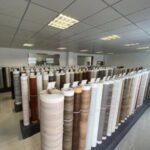
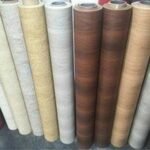
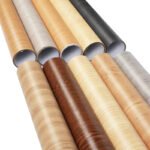
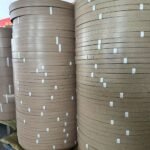
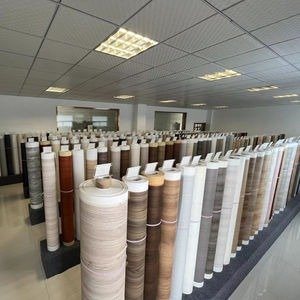
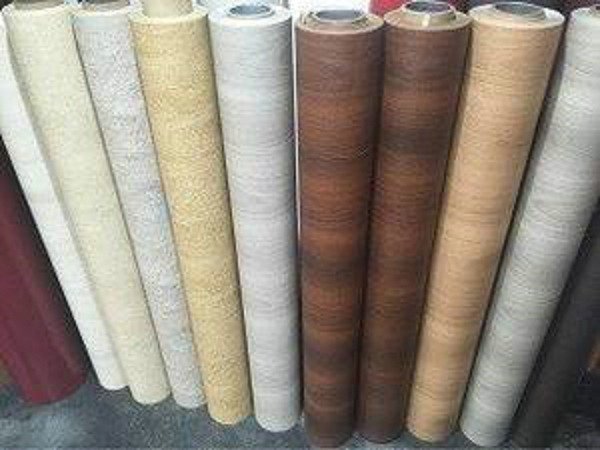


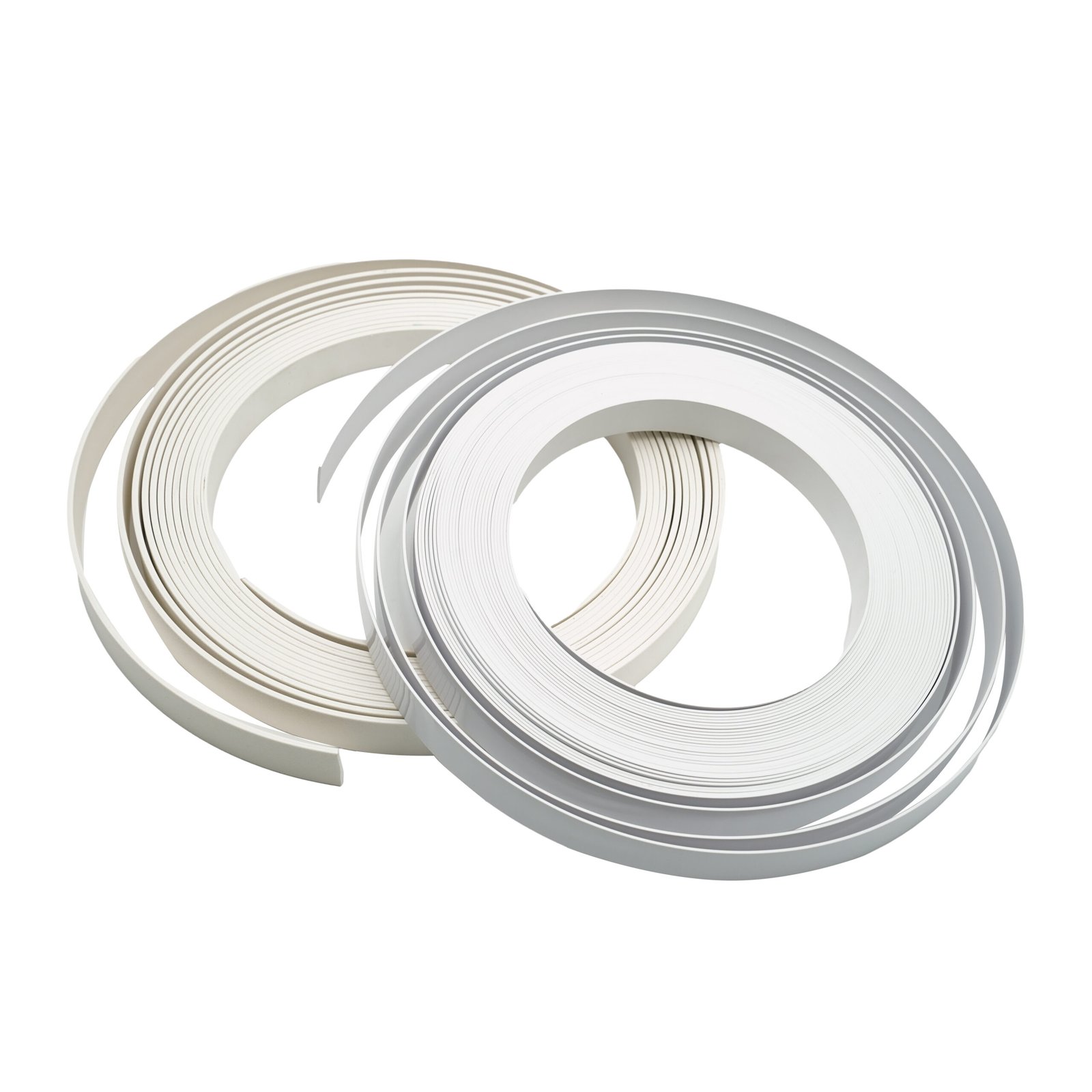




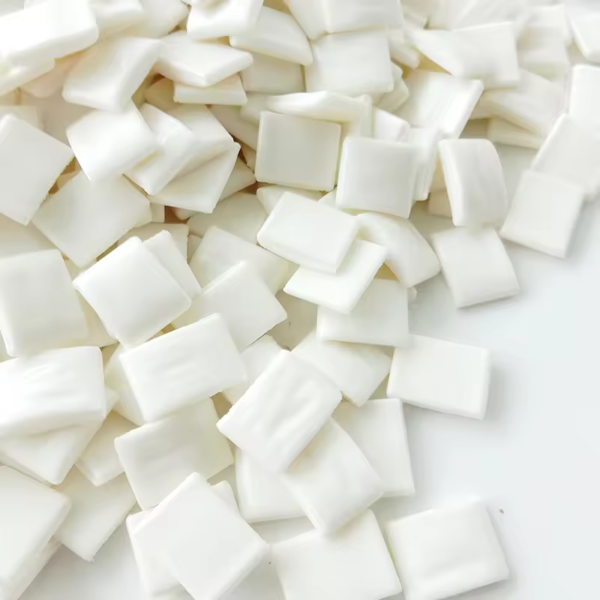

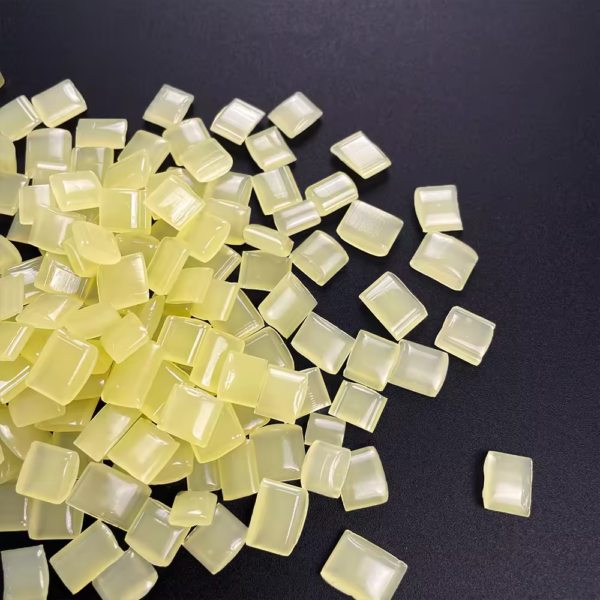


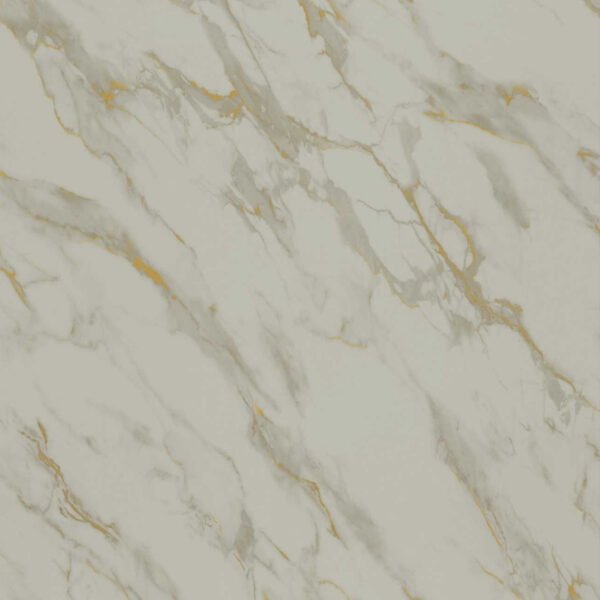

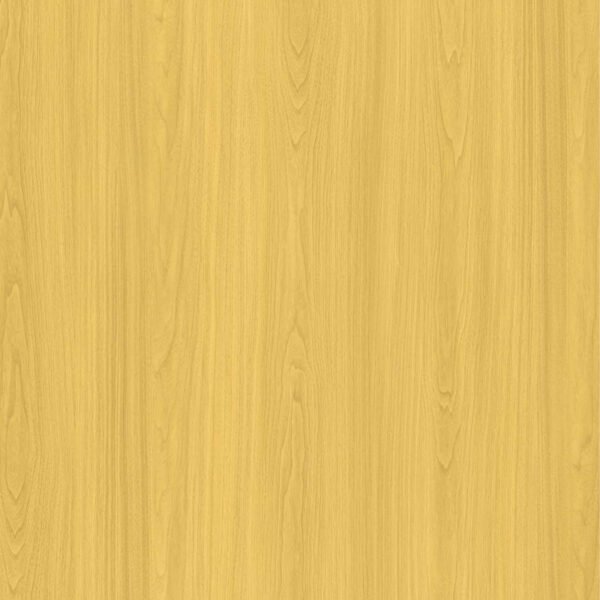


Leave a Reply